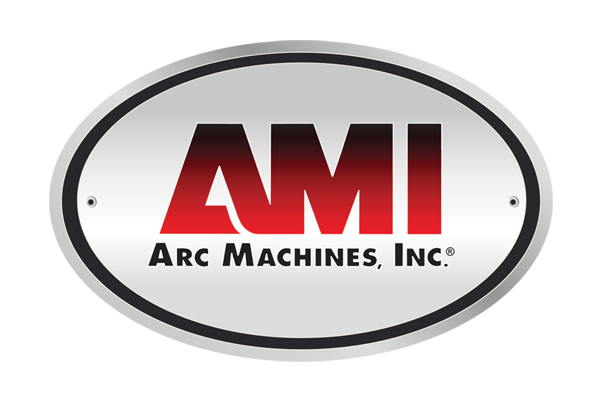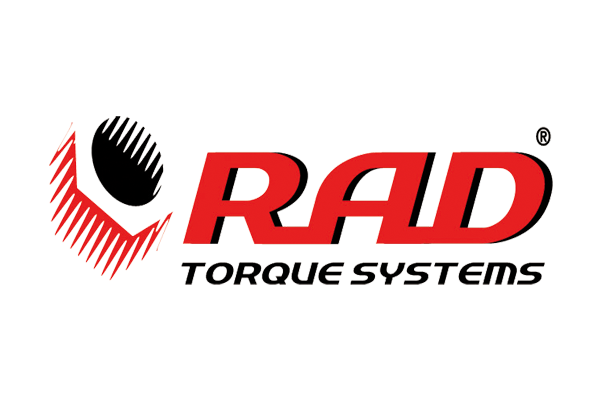4 Orbital Welding Techniques for Pharmaceutical Piping
The integrity of piping systems is paramount in pharmaceutical manufacturing. Orbital welding ensures pipework meets this sector’s stringent hygiene and safety standards. Let’s look at orbital welding techniques for pharmaceutical piping and why they are so important.
What Is Orbital Welding?
Orbital welders utilize an automated system for precise and consistent welds. This type of welding involves rotating the electrode around the workpiece while simultaneously moving it along the joint, creating a circular weld. It allows for better control over heat input, resulting in strong and high-quality welds.
Benefits of Orbital Welding in Pharmaceutical Piping
The pharmaceutical industry has cleanliness and airtightness requirements for piping systems. Here are some reasons why orbital welding is ideal for pharmaceutical piping:
- Precise and Consistent Results: Orbital welding always produces consistent results. In pharmaceutical manufacturing, even the slightest error can have severe consequences.
- High-Quality Welds: The automated system of orbital welding minimizes the risk of human error, resulting in strong, high-quality welds.
- Cleanliness: Orbital welding eliminates the need for manually manipulating electrodes, reducing the chances of contamination by dirt, oil, or other impurities. This is especially important in the pharmaceutical industry, where cleanliness is a top priority.
- Airtightness: Orbital welders create welds free from defects, such as porosity and cracks, ensuring an airtight seal. In pharmaceutical piping systems, this is crucial for maintaining the product’s integrity and preventing contamination.
Orbital Welding Techniques for Pharmaceutical Piping
Understanding the nuances of various orbital welding techniques can aid in selecting the best method for pharmaceutical piping applications. Automated hot wire tungsten inert gas (TIG) welding introduces an electrically preheated secondary wire, allowing for faster welding speeds and reducing the likelihood of contamination, as the filler material joins the weld pool without contact.
Another technique is narrow groove welding, where welders merge pipes with thick walls using a narrow weld head, allowing access to confined spaces and reducing the volume of filler material.
Tube-to-tube sheet welding is ideal for creating strong joints between pipes and the supporting tube sheets in heat exchangers, essential equipment in many pharmaceutical processes. Each technique requires a careful assessment of the requirements of the piping system, including material compatibility, joint design, and the expected flow of substances.
Orbital welding is crucial for pharmaceutical piping systems. Welders ensure precision, cleanliness, and airtightness in the process. By understanding the benefits and techniques of orbital welding, pharmaceutical companies can maintain the high standards of their industry and deliver safe and effective products to consumers. As technology advances, we can expect to see more innovative orbital welding techniques that meet the unique challenges of pharmaceutical piping.
If you need orbital welding supplies, SEC Industrial can provide a wide range of high-quality products and services. Contact us today to learn more about our offerings and how we can support your pharmaceutical manufacturing needs.









